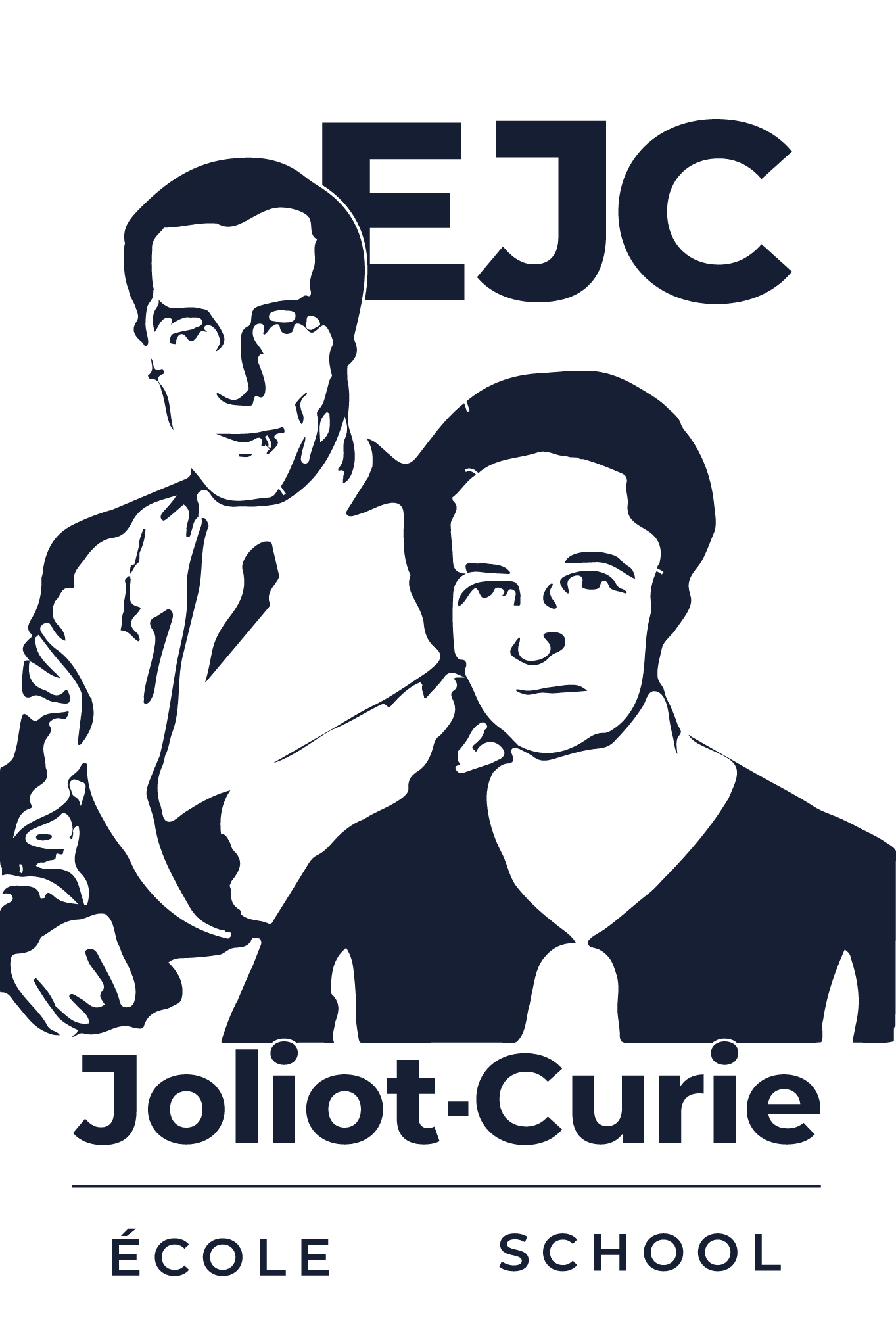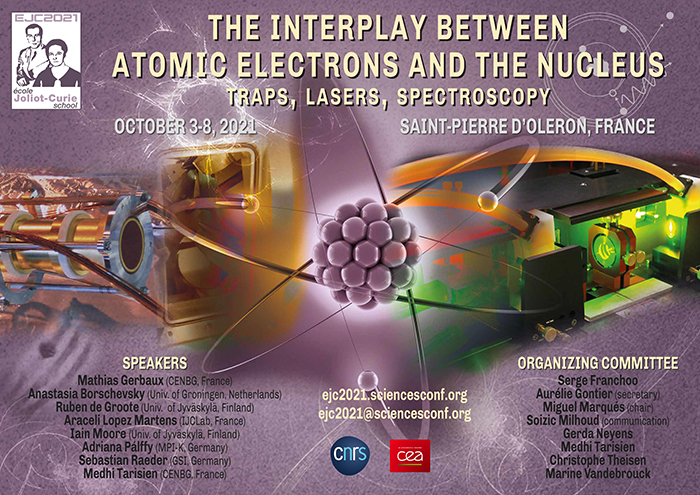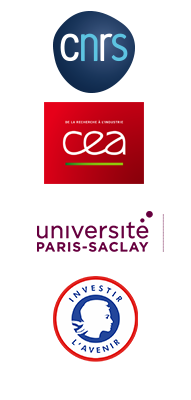SCHOOLS SINCE 1982
2021
The interplay between atomic electrons and the nucleus
The 39th edition of the Joliot Curie International School, entitled “The interplay between atomic electrons and the nucleus: traps, lasers and spectroscopy”, will cover the latest scientific achievements in physics across the blurred line separating the nucleus from the rest of the atom.
Although the energies of atomic and nuclear phenomena differ by several orders of magnitude, the interaction between the nucleus and the atomic electrons provides powerful tools for nuclear physics, giving access to properties of the nucleus such as the nuclear radius, the electromagnetic moments or the spin. Conversion-electron spectroscopy, combined with gamma-ray spectroscopy, is also a powerful tool for nuclear structure studies. Moreover, the distribution of electrons around the nucleus dictates the chemical properties of the elements. For super-heavy nuclei, chemistry can be a tool for the physicist to characterize new isotopes.
These subjects have made spectacular progress as shown by many recent results, for example at GSI, JINR Dubna and RIKEN for heavy and super-heavy nuclei. In parallel, new instruments are being developed to extend these studies to even more exotic nuclei for precision measurements, for example at ISOLDE/CERN, University of Jyväskylä and GANIL/SPIRAL2. The electronic environment can even change the properties of the nucleus. For example, within a plasma the apparent lifetime of a nucleus or the effective cross-section of nuclear reactions can be significantly modified. The study of these phenomena of astrophysical interest will be possible in the near future with the new generation of high-power lasers, such as APOLLON in France or ELI pillars in eastern Europe. The multi-Petawatt lasers also offer promising perspectives for particle acceleration (electron, gamma, ion and neutron).
These research subjects at the frontier between atomic and nuclear physics are by nature interdisciplinary. The school will be an opportunity for nuclear physics students to learn about the effects of atomic electrons on nuclear properties, and for atomic physics students to discover the impact of their field on the present knowledge of the nucleus. The students will present their work within two poster sessions during the first days of the week.
The school will take place from October 3 (Sunday) to 8 (Friday) 2021 at Saint-Pierre d’Oléron (France).
EJC2021 is an event with the support of: CNRS, CEA, ISOLDE, labex P2IO, GDR APPEL.
Ion traps in nuclear physics | Mathias Gerbaux
High-accuracy electronic structure calculations in support of spectroscopy experiments | Anastasia Borschevsky
Optical spectroscopy techniques to measure nuclear moments and charge radii | Iain Moore & Ruben de Groote
Electron-nucleus interactions and nuclear effects in atomic transitions | Adriana Pálffy
Physics and chemistry of the heaviest element | Sebastian Raeder
Nuclear physics with high-power lasers | Medhi Tarisien
Laurent Gremillet (CEA/DIF, France): “An introduction to relativistic laser-plasma interactions: fundamental processes and particle acceleration”


